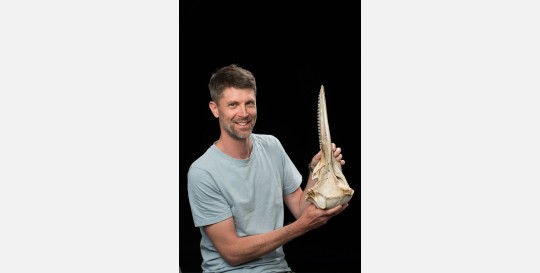Neogene Pinnipedia from Peru
Completed
01.10.19 → 30.09.22

Investigating seal evolution in Southern Hemisphere through specialized paleontological approaches
Although all Phocidae, or true seals, have one common ancestor, the two living subfamilies are currently biogeographically separated. Members of the subfamily Phocinae are often dubbed “northern seals” while the Monachinae are referred to as “southern seals.”

Yet, many details on the southward migration of the Monachinae remain unresolved: why, when and how did seals colonize the Southern Hemisphere? The Cenozoic deposits from Peru are among the richest regions for marine mammal paleontology, yielding numerous exceptionally preserved and extremely informative whale and marine sloth fossils. To date, the pinniped faunas from the Neogene of Peru remain poorly assessed. Despite the small published diversity, already described seal taxa are considered ancestral to the ecologically diverse five extant Antarctic seals sensu lato, ranging from the apex predator leopard seal to the deep-diving squid-eating elephant seal. Multiple new seal taxa have been preliminarily identified from the Neogene of Peru, yet they remain to be properly and formally described. Combining phylogenetic analyses with paleobiogeographical assessments of these seal faunas, as well as with specialized techniques such as inner bone structure and bone strength analyses and morphometry will allow a detailed investigation of the colonization of the Southern Hemisphere by seals and of the way they acquired key adaptations leading to the evolutionary success of the Antarctic seals, set against global climate change.
Funding
FNRS - FRIA
Partners en sponsors




